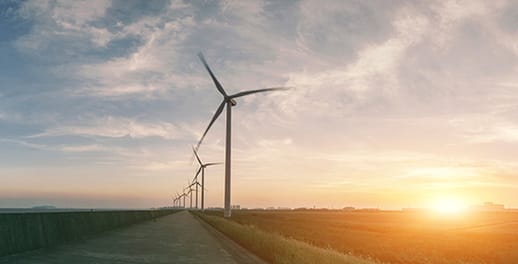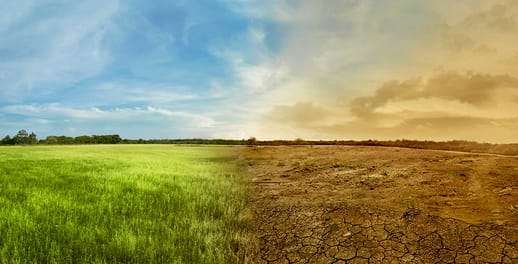“70% of the report is knowledge already in the public domain. But we don’t think the market is fully appreciating the other 30%, which shows that our grid infrastructure is not ready to take on the planned increase in capacity.”
That was Herbert Kharivhe, the lead Investec analyst on Energy RSA, a report which explores the various government initiatives currently in the works to address our crisis of power, simultaneously providing insight on whether we’ve moving the right direction.
The equation he outlines in the report is as follows:
- The IRP 2019 aims to add 30GW of capacity to the grid by 2030, primarily sourced from independent power producers (IPPs)
- To integrate that capacity, Eskom needs roughly R180bn to upgrade its transmission (R120bn) and distribution (R60bn) infrastructure, which it does not have
This finding also impacts the heralded move by government to allow 100MW of embedded generation without a license. An additional 5GW of capacity is expected to arise through this initiative and it’ll need space on the grid, too.
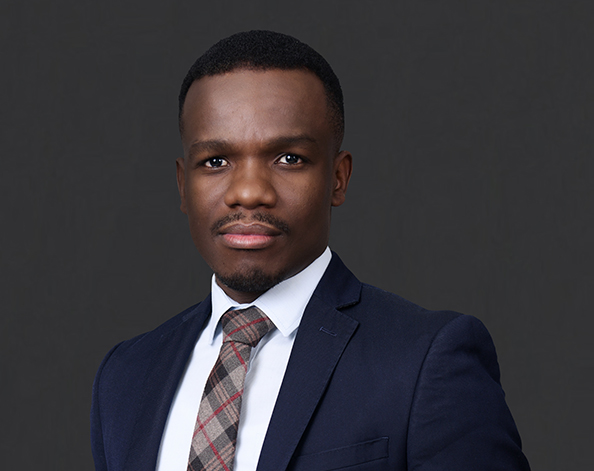
Our grid infrastructure is not ready to take on the planned increase in capacity.
A closer look at the problem
The more wind that buffets a turbine, the more electricity it generates. It follows that IPPs prefer to build where the gusts are greatest.
Oftentimes, that means the wind farms are hundreds of kilometres away from the end-user. Ideally, they would connect their remote builds to transmission lines (these are the long-haul carriers of electricity that run atop those large A-frame steel structures you see when travelling cross country); that would then transport the power generated to a substation near the intended consumer. From there, distribution lines feed the electricity into homes and businesses.
The three provinces with the best renewable energy potential – and where the majority of the IPP projects are to be built – are the Northern, Western, and Eastern Cape. Unfortunately, those are also the territories with the weakest grid infrastructure.
“With outstanding debt of R395bn that cannot be serviced from current revenue, Eskom will find it difficult to raise new debt to finance the necessary grid upgrades,” said Tertia Jacobs, Investec Treasury Economist.
Dieter Matzner, a power and infrastructure specialist at Investec Bank, rounded off the challenge that lies ahead. “IPPs will only be willing to develop new capacity once grid upgrades have been planned and the funding made available for implementation. Certain transmission infrastructure can take 7-10 years to implement because land servitudes may need to be procured.”
Does the above conundrum leave our clean, reliable energy aspirations in the doldrums? Not necessarily.
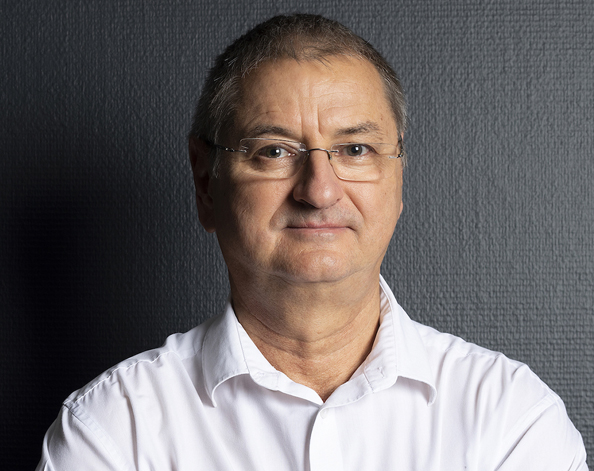
IPPs will only be willing to develop new capacity once grid upgrades have been planned and the funding made available for implementation.
The force (of nature) is with us
According to the report, South Africa’s technical wind power potential is 6700GW. That’s enough juice to keep the world running. If we were to erect wind turbines on just 0.6% of our total landmass, that would generate around 75GW, which is roughly equal to SA’s electricity demand.
Those mouth-watering stats form part of a larger mosaic put forward by Kharivhe and his fellow analysts, Nkateko Mathonsi and Luvuyo Booi, that proposes the following: our renewable energy resources are so abundant, and the technology needed to harness them becoming so affordable, that market forces will, in time, circumvent existing bottlenecks, lacklustre transmission and distribution infrastructure included.
“The areas in our country that we think of as poor in terms of their solar and wind potential are still better than what you’d find across most of Europe,” explained Kharivhe.
South Africa’s technical wind power potential is 6700GW. That’s enough juice to keep the world running.
Indeed, more than 80% of South Africa’s terra firma gets enough breeze to generate low-cost wind energy. In theory, that means IPPs don’t need to erect wind farms in the Western Cape to supply industry in Gauteng; parts of the Free State and Mpumalanga might do. Building closer to the end consumer diminishes the transmission line problem.
In the context of the new 100MW self-generation threshold, many energy-intensive mining operations will be able to build solar farms on site, thereby circumventing a reliance on grid infrastructure.
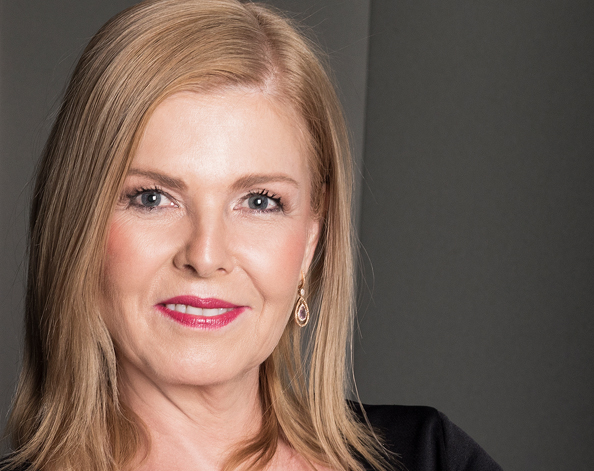
With outstanding debt of R395bn that cannot be serviced from current revenue, Eskom will find it difficult to raise new debt to finance the necessary grid upgrades.
Political willpower
SA’s abundance of wind and sun, in tandem with the global clean energy zeitgeist, will pique the interest of both local and foreign investors looking to add renewables to their portfolios. If we can create the right environment, we may be able to green our energy mix using relatively cheap funding.
Our government is aware of this opportunity, and how capitalising on it would benefit them, evidenced by their lateral thinking around how to fund the grid upgrades.
Take the debt-for-climate swap proposed by David Masondo, our Deputy Minister of Finance. In return for lenders forgiving R146bn in national debt, government would inject an equivalent amount into Eskom (which could be used for grid upgrades) on the condition it shuts down its coal-fired power plants. The latter is a worthwhile carrot for first-world climate change crusaders – SA is the 12th largest emitter of CO2 in the world.
Or how about the recent proposal put to a visiting climate change envoy by our cabinet ministers for the establishment of a Just Transition finance facility funded by developed countries? Seems a fair request given that most of today’s airborne CO2 was Made in the West.
Another option on the table is for government to take some of Eskom’s debt onto its balance sheet, improving the solvency of the utility and its ability to raise capital. Until very recently, this option seemed untenable given our surging debt/GDP ratio. But that fiscal measure has stabilised somewhat, so maybe there’s something to this idea.
The outcome is not binary
Yes, the lack of funding to upgrade the grid is concerning. But this is not a feast or famine scenario. In some places, the grid is ready to absorb the planned IPP generation. And as the economics of building a solar or wind farm continue to improve through lower costing tech, generation closer to the end-user will become more feasible.
“If the Northern Cape grid reaches saturation, IPPs will bid competitively for projects in other areas where there is capacity,” said Martin Meyer, Head of Power and Infrastructure Finance at Investec.
In other words, the show will go on. And even if the sub-standard grid infrastructure shaves off a few GW of planned renewable energy capacity, a wall of investment is still coming, which will benefit a value chain that is both broad and deep.
“You’ve got trade financiers, construction companies, mining businesses, other energy-intensive users, and a whole host of other players that’ll find opportunities as these generation facilities are built. Strengthening the grid will in itself present a fresh set of possibilities,” continued Meyer.
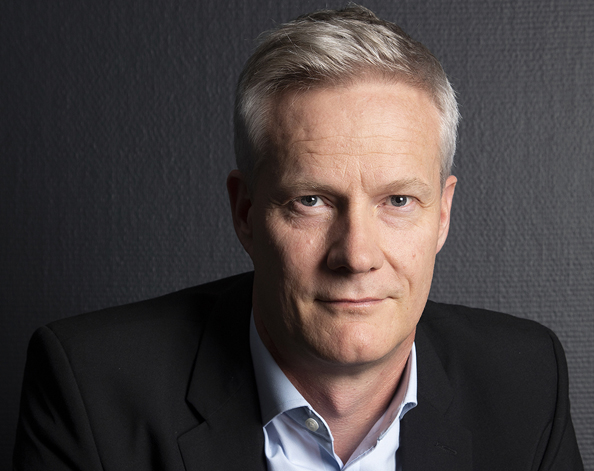
If the Northern Cape grid reaches saturation, IPPs will bid competitively for projects in other areas where there is capacity.
Finding opportunity
It’s important that SA businesses are aware of the challenges that come with weak grid infrastructure. But it’s equally important for them to recognise the following:
- The trend towards a clean energy mix is established and gaining momentum;
- We have the renewable resources to generate electricity nearly anywhere; and
- Government is moving to find the necessary funding to upgrade the grid.
An appreciation and acceptance of these factors will allow for the type of strategic thinking that often results in gaining a first-mover advantage and subsequent growth.
Reagile Moatshe, Head of Corporate Client Coverage at Investec, summed it up nicely when he said, “We really need to sit down and understand how the value chain comes together so we can identify opportunities early on. Then we can help our clients harvest those opportunities.”
All is certainly not lost.
Get Focus insights straight to your inbox


